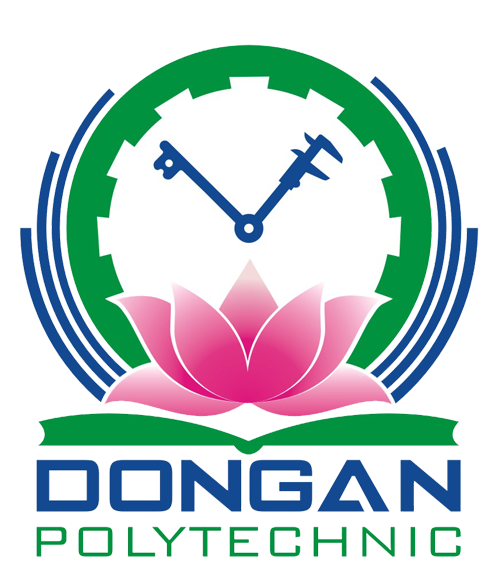Dating has always been an essential part of human interaction, that represent the path toward connection, companionship, and sometimes, lifelong commitment. Nowadays in this fast-paced, technology-driven world, dating has evolved dramatically, designed by social changes,truyensex digital platforms, and shifting cultural norms. Whether you're seeking romance, companionship, or simply trying to meet new people, understanding the landscape of modern dating is essential.
What is Dating?
At its core, dating is the act of two individuals meeting and a bit of time together to assess mutual compatibility, emotional connection, and attraction. While the ultimate goal may vary—some date for fun, others for serious relationships—it typically involves learning another person through shared experiences, conversation, and time spent together.
In the past, dating often followed an old-fashioned model: courtship, activation, and then marriage. Today, the concept of dating is much larger and less linear. People date delicately, seriously, or somewhere in between. Some seek exclusivity, while others explore open relationships. This diversity shows the wide range of human desires, lifestyles, and values.
The Advancement of Dating
Dating has evolved significantly over the decades. In the early 20th century, dating was more formal, often checked and seated in social customs. By the mid-century, the idea of dating became associated with fun, freedom, and youth culture. The rise of movies, cars, and later, the internet, changed how people met and interacted.
The digital innovation created the most transformative change. With the advent of online dating sites and dating apps like Tinder, Bumble, Hinge, and OkCupid, meeting potential partners has become faster, more convenient, and more accessible. These platforms use algorithms, user preferences, and swiping repair to match people based on compatibility and location.
While online dating has made it much easier to meet others, it has also introduced challenges like ghosting, " light " communications, and choice clog. As a result, many people today suffer from balancing convenience and meaningful connection.
Types of Dating
There’s no one-size-fits-all approach to dating. Here are some common types in today’s dating culture:
Casual Dating: Involves dating without a long-term commitment. It’s often about having fun, exploring hormone balance, and enjoying company without the pressure of a serious relationship.
Serious Dating: When individuals date with the objective to create a deeper relationship that could lead to exclusivity or long-term partnership.
Online dating: Meeting people through digital platforms. This is one of the most popular methods today due to ease and accessibility.
Speed Dating: A structured event where individuals have short interactions with multiple potential partners to quickly determine compatibility.
Long-Distance Dating: When people in a rapport live in different cities or countries and use technology to stay connected.
Group Dating: Often used in teenage or young adult groups where multiple friends go on to start a date together to reduce pressure and promote social interaction.
Shades Dating: Arranged by friends or dating services, where two people meet without preceding information about each other.
Challenges in Modern Dating
While dating can be exciting and fulfilling, it also comes with challenges:
Miscommunication: Texting and online chatting lack tone and gesture, which can lead to dilemma.
Ghosting: Suddenly cutting off all contact without explanation is common in digital dating and can be emotionally unkind.
Commitment Issues: With so many options available, some individuals hesitate to be in down, fearing better matches may exist.
Safety Concerns: Meeting unknown people online postures potential risks. It's important to prioritize safety during early communications.
Tips for Successful Dating
To make the most of your dating experience, consider these tips:
Be Honest About Your Objectives: Whether you’re seeking something casual or serious, being straight up saves time and prevents dilemma.
Prioritize Communication: Open, honest communication builds trust and fosters connection. Don’t forget to express how you feel.
Stay Safe: Always meet in public places initially, tell a friend where you’re going, and trust your instincts.
Be Yourself: Authenticity attracts the correct type partner. Pretending to be someone you're not can lead to frustrating outcomes.
Practice Patience: Finding the right match takes time. Don’t rush into something just in the interests of being in a relationship.
Know Your Border: Emotional, physical, and personal border should be respected by both partners.
The Role of Technology
Technology has both enhanced and complicated dating. On one hand, it hooks up people across the world; on the other, it encourages quick judgments based on photos or bios. The key is ty trying technology mindfully. Apps and platforms should be tools to enhance real-life interaction, not replace it. The most fulfilling relationships still rely on human connection, empathy, and shared values.
Conclusion
Dating in the modern world is a dynamic, ever-changing journey filled with opportunities and challenges. Whether you're swiping right, meeting someone through mutual friends, or bumping into a potential partner in real life, dating is a process of discovery—about others and yourself. With the right mindset, communication, and respect, dating can lead to meaningful and lasting relationships. In the end, it's less about how you meet and more about how you connect.


